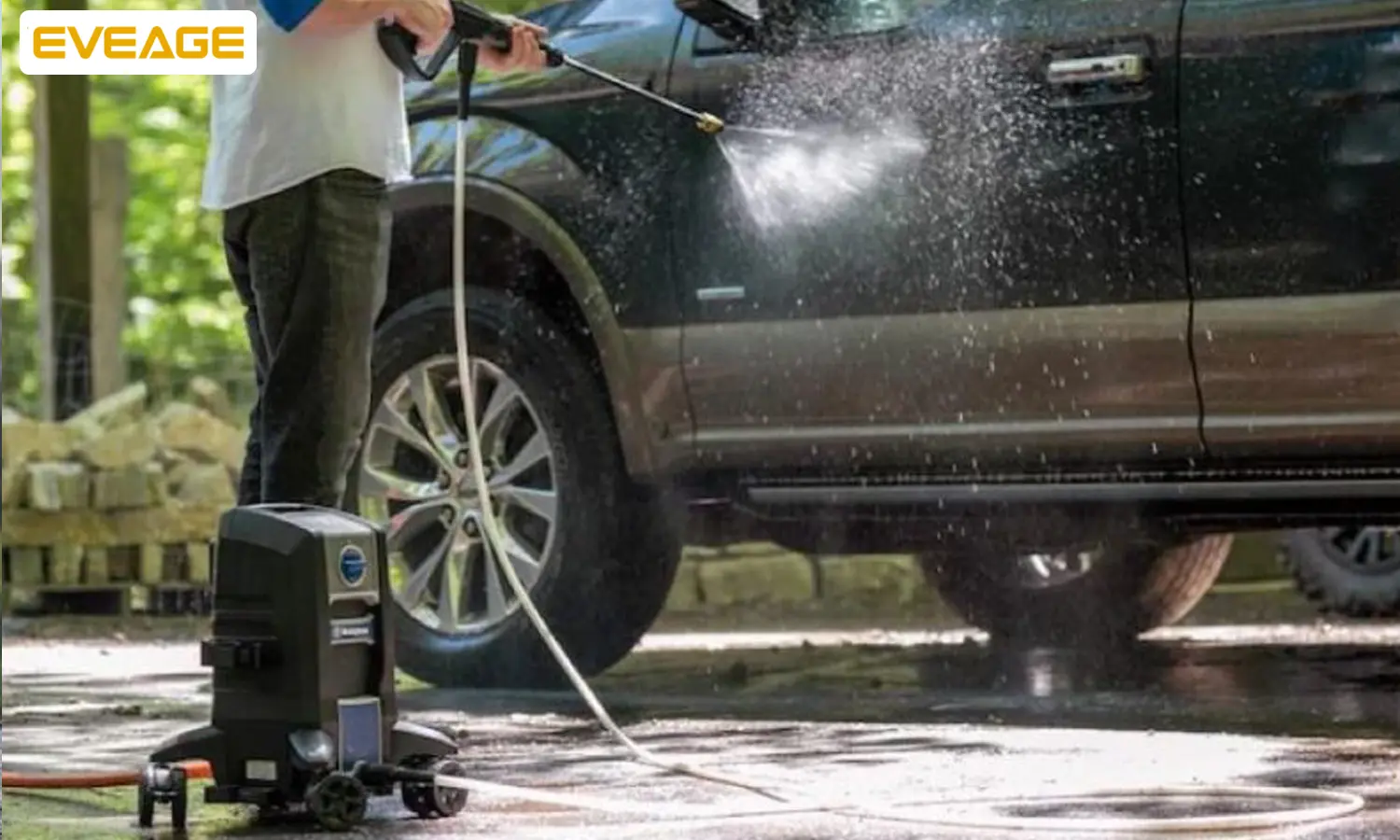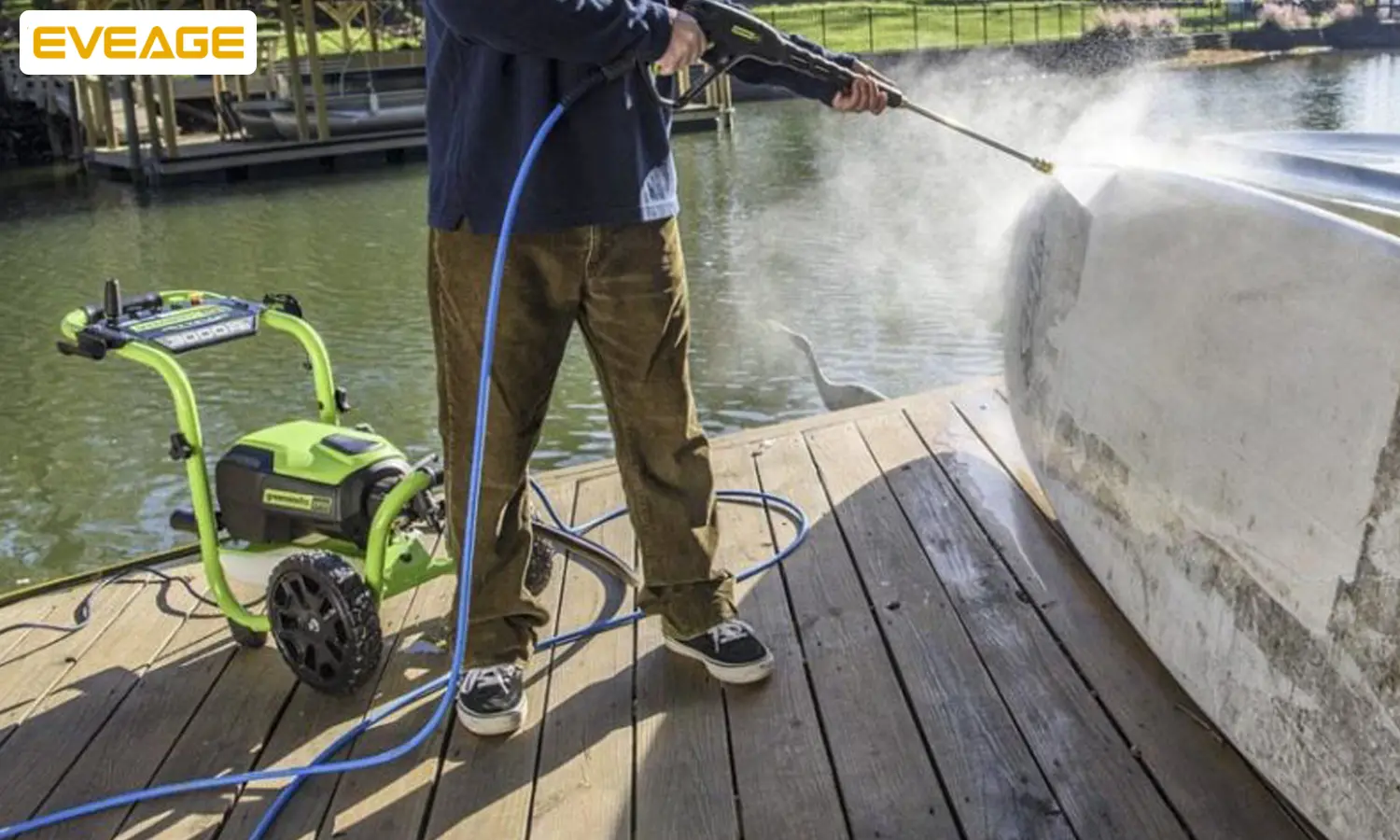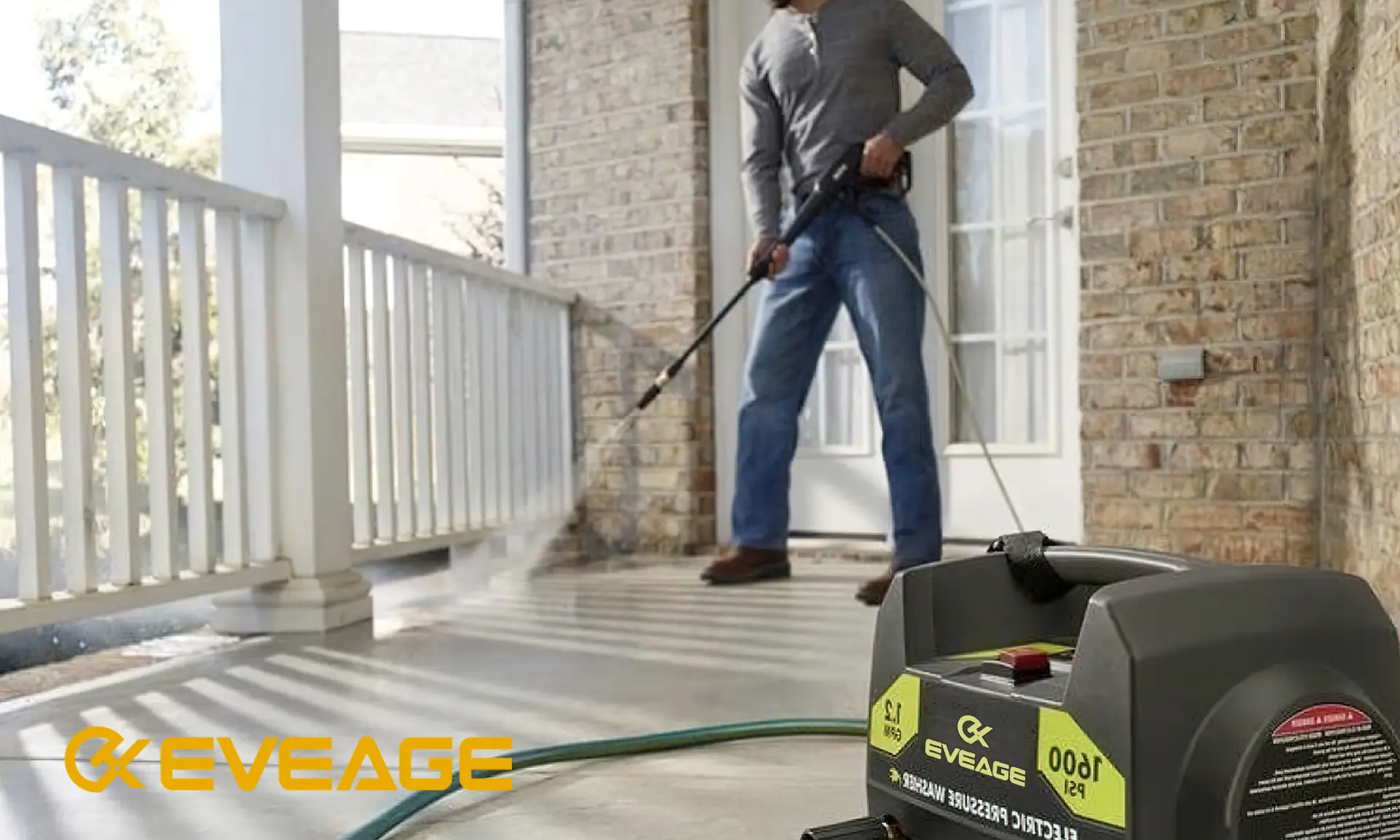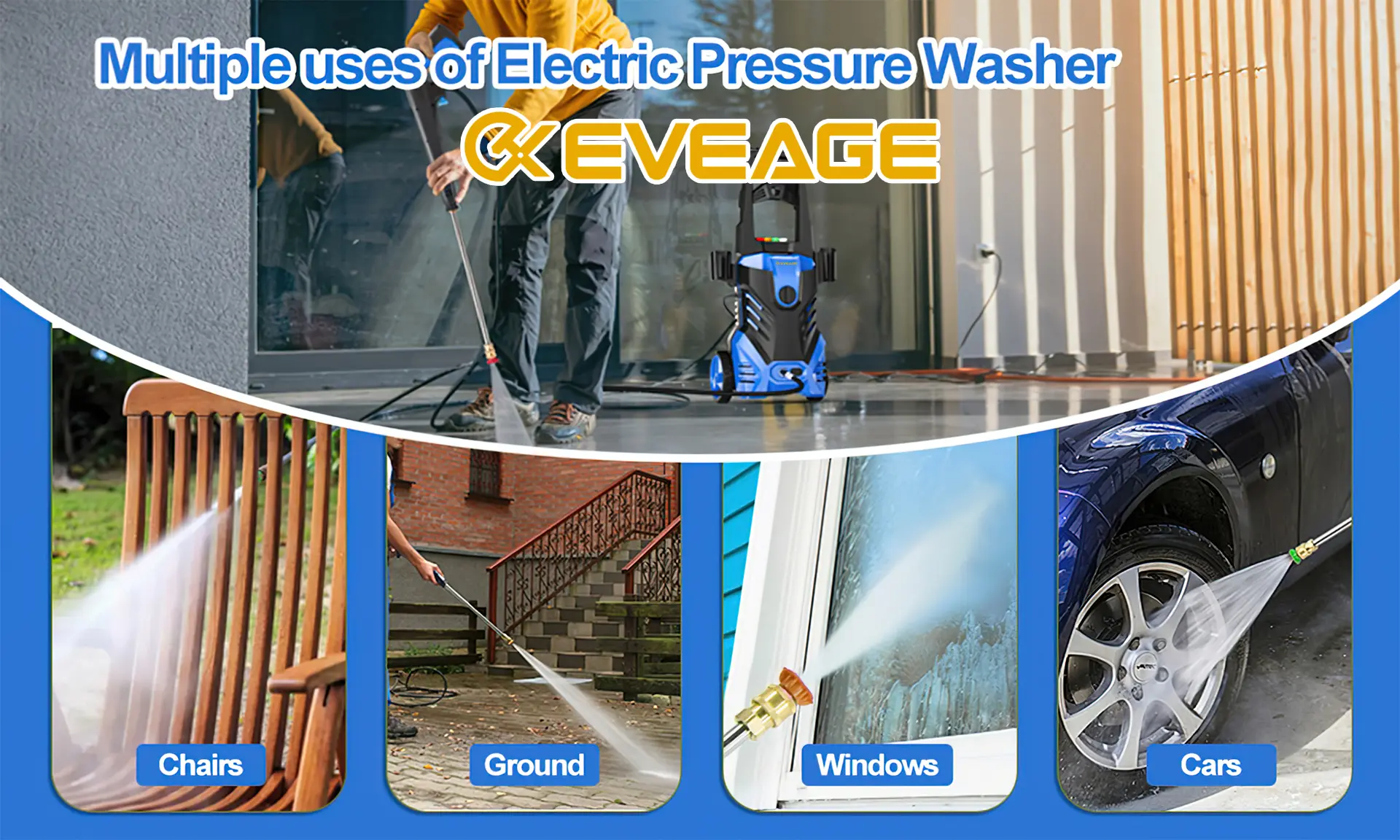Introduction
Pressure washers are powerful machines that provide enough force to blast away dirt, grime and even paint. But how much PSI (pounds per square inch) can you adjust a pressure washer? And what factors affect the PSI of a machine? Let’s take a look at the science behind your pressure washer’s PSI.
In short, yes, you can adjust the PSI (pounds per square inch) of your pressure washer. There are four factors that affect the PSI of a pressure washer:
In short, yes, you can adjust the PSI (pounds per square inch) of your pressure washer. There are four factors that affect the PSI of a pressure washer:
-
The make and model of the pressure washer. Different brands will have different specs for maximum water flow and output pressure.
-
The pump used in a particular model. If your manufacturer has more than one type of pump available for your machine, then it’s likely that you’ll be able to change which one is being used based on what kind of job needs to be done with it.
-
Nozzle or tip used on the wand. Different nozzles have different spray patterns, so changing this part will also change how much force goes into each drop as well as where said drops end up going once they’ve left their source point behind them!
-
Hoses and other accessories connected to the machine itself such as gun attachments like those found here: https://www.eveagetool.com/
The make and model of the pressure washer
Pressure washer pumps make a big difference in terms of what pressure you can achieve. The more expensive the model, the higher its PSI will be. For example, a Honda GX390 produces around 2200 psi; the Ryobi RY4818 electric pressure washer can produce up to 3100 psi; but the Karcher K5 Premium has a maximum operating pressure of 4100 psi under normal conditions (although it is capable of reaching 5800 if used in “turbo mode”).
The reason for this variance has less to do with differences between brands than with how each company uses different types of pumps and engines as part of their design philosophy—the more expensive models tend toward larger motors that can handle higher pressures without overheating or burning out quickly while also having enough power behind them to produce more water per minute at lower speeds than cheaper units require resulting from smaller motors being used alongside less efficient elements such as lower-quality hoses/nozzles which leads us into next section!
The type of pump it uses
The type of pump it uses is also important. Pumps can be electric, gas or diesel. Electric pumps are quieter and cheaper to run, but they don’t have as much power as their gas counterparts. Gas pumps are more powerful than electric ones, but they’re also more expensive to run and can release fumes into the air if not properly vented. Diesel pumps are the most powerful type of all, but also the most expensive to run—and they produce a lot of exhaust fumes that need to be properly vented away from people and property
The nozzle or tip used on the wand
The nozzle or tip used on the wand is an important element in pressure washing. The nozzle will determine how much water is sprayed from the wand and how concentrated it is. It also determines how wide or narrow your cleaning area is and if you can clean multiple surfaces at once.
The most common types of nozzles are:
-
Soap Nozzle: A soap nozzle uses soap to help break down dirt and grime for easier removal, but it does not apply detergent directly to clothes or other items that need to be cleaned like a detergent nozzle would do. It’s best used on fiberglass siding, metal panels, concrete surfaces and more because they are safe enough to use around plants without damaging them while still being able to effectively clean these surfaces efficiently without having residual detergents left behind when using other types of nozzles like those mentioned below (iGroomer Homepage). This type of tool works well with hot water temperatures between 120°F – 140°F because this temperature range will allow it do its job without causing any damage when applied properly as well
Hoses and other accessories connected to the machine
You should also check the length of your hose to make sure it’s not restricting the flow of water. If you have a short hose or are using several hoses at once, this can reduce pressure and cause your machine to struggle. As a general rule, it’s best to keep hoses as short as possible while still allowing you enough room to maneuver around the area where you’ll be working. As stated above, the diameter of your hose can also affect pressure; if you have multiple grades of pressure washers (e.g., one for cleaning cars and another for cleaning decks), make sure that each is connected with its own type of nozzle so that they all operate at full capacity.
Pressure washers can typically be adjusted anywhere from 1300-3000 PSI, though some may be capable of even more.
The PSI rating of a pressure washer is a good indicator of its cleaning power. It’s determined by the size of the pump and nozzle and how much water they can push through them at once. Generally speaking, the higher your PSI rating, the stronger your pressure washer’s cleaning ability will be.
Pressure washers can typically be adjusted anywhere from 1300-3000 PSI, though some may be capable of even more.
Conclusion
The takeaway is that yes, you can adjust the PSI of your pressure washer. However, it’s important to note that this process depends on many factors: the make and model of your machine; the type of pump it uses; the nozzle or tip being used with the wand; hoses and other accessories connected to machine. In addition, some machines may only be able to be adjusted up or down by increments of 100 PSI (or less), so keep this in mind when making adjustments. Also remember that changing any one variable will affect others–for example if you increase PSI through an increase in nozzle size but decrease water flow rate by using a smaller-sized hose connection point on an accessory then there will be a tradeoff which could result in either better performance or worse performance (depending on what outcome is preferable).





